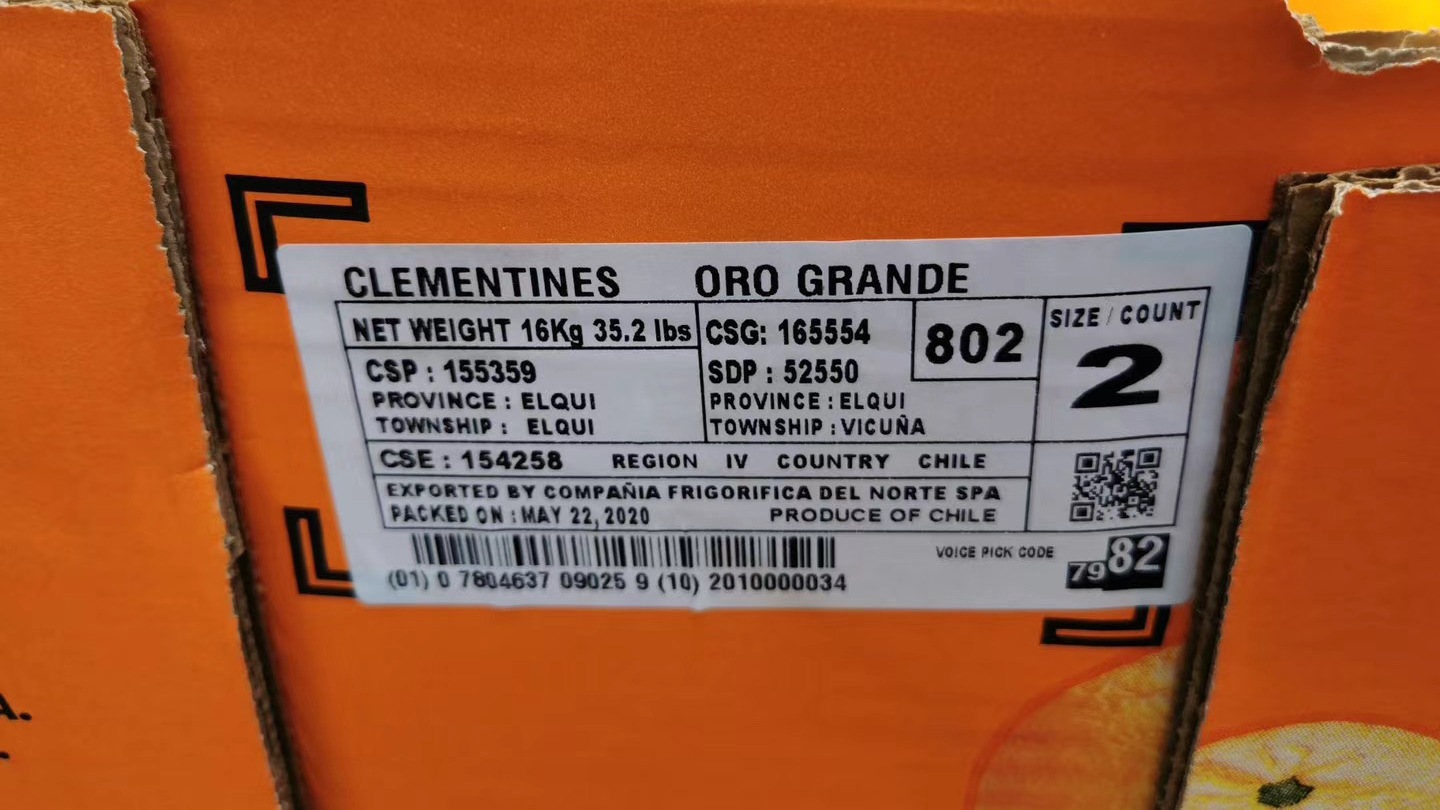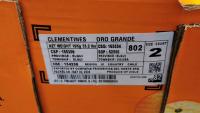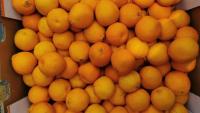You are here
Back to topNo Need for Cold Treatment: The Core Competitiveness of Chilean Citrus

On June 29, a vessel carrying 23 tons of clementines and 74 tons of lemons from Chile arrived in Shanghai, marking the first ever shipment of Chilean citrus to reach China since market access was officially granted on May 14 of this year.
In recent years, Chile’s citrus industry has been working to strengthen the presence of Chilean citrus in various markets. The recent opening of the Chinese market represents an important step forward in this respect, allowing the sector to diversify its exports and reduce its reliance on trade with the U.S.
One of the importers behind the recent shipment was the Shanghai-based company Riverking International Co. Ltd. To obtain a first-hand account of the shipment’s arrival, Produce Report interviewed Owen Ou, the company’s general manager.
According to Ou, his company has maintained a close and long-standing relationship with the Chilean fruit sector. Owing to the status of citrus as a prominent category among Chilean agricultural products, once market access had been granted, Riverking International was keen to participate in this historic shipment. “We brought into China this time Orogrande clementines from Chile. It is an early-season and seedless cultivar belonging to the clementine family, with a good appearance, a strong aroma and a fine balance between sweetness and sourness in taste as its most appealing features.”

Located between the Andes and the Pacific Ocean, Chile is the second largest citrus exporter in the Southern Hemisphere. Owing to the country’s unique geographical location, the Chilean agricultural sector has an important competitive advantage, namely, a general absence of fruit flies. Consequently, Chilean citrus does not require cold treatment, which helps to preserve fruit quality and firmness upon arrival and avoid cold damage, ultimately reducing spoilage rates. During the interview, Ou also highlighted this as one of the greatest strengths of all Chilean citrus fruits: “Therefore, citrus products from Chile are of greater stability in quality compared to those from South Africa and Peru. In terms of price, they are more competitive than those from Australia.”
Upon arrival, the Orogrande clementines were rapidly distributed to a number of retail channels and wholesale markets in Shanghai, Jiaxing, Beijing and Shenyang.

Despite being the largest citrus producer in the world, China also sources substantial quantities of citrus fruits from abroad each year to cater to the strong domestic demand. In 2019, China imported nearly 328,000 tons of citrus from the Southern Hemisphere, including oranges (51%), mandarins and tangerines (36%), grapefruit (12%) and lemons (1%). For this reason, in spite of the ongoing impact of the COVID-19 epidemic, Chile’s citrus industry still decided to conduct a series of pilot promotional campaigns in China this season, involving a combination of social media, e-commerce and promotions with leading retailers. As part of these efforts, citrus products from this first shipment were launched shortly after their arrival on the official flagship online store for Chilean food on Tmall, China’s largest e-commerce platform.
Images: Riverking International Co. Ltd.
This article was translated from Chinese. Read the original article.















Add new comment